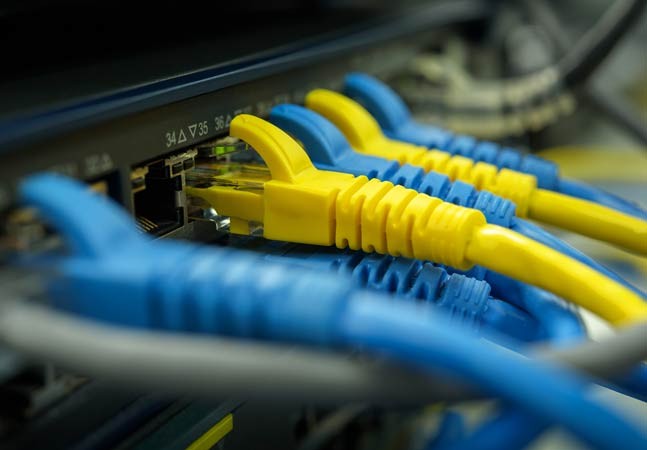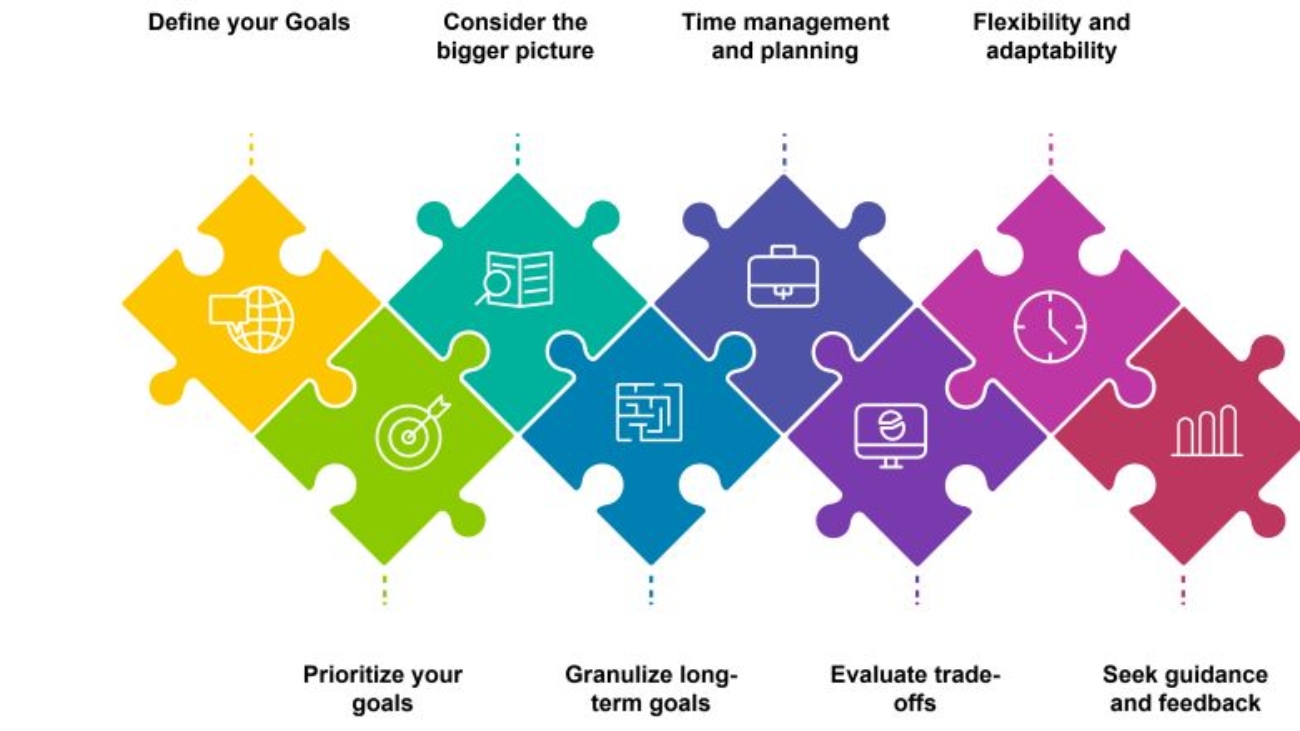In the realm of computer networking, the quest for enhanced performance and efficiency is a never-ending pursuit. As technology evolves, so does the need for innovative solutions to overcome the challenges of increasing data traffic, complex network structures, and rising user demands. One such solution that has gained attention is the concept of Super Node Elevation. This article explores what Super Node Elevation entails and how it has the power to revolutionize computer networking.
At its core, Super Node Elevation is a strategy that aims to optimize network performance by strategically elevating specific nodes within a network hierarchy. Traditionally, computer networks are organized hierarchically, with nodes distributed across multiple layers. These layers range from the edge layer, which includes end-user devices, to the core layer, which forms the backbone of the network infrastructure. Each layer serves a specific purpose and handles different types of traffic.
In a Super Node Elevation approach, specific nodes within the network are designated as super nodes and are granted additional capabilities and resources. These nodes act as high-performance aggregation points (converging hubs) that consolidate traffic and provide advanced processing capabilities. Network performance can be significantly improved by strategically placing super nodes at critical points, such as high-traffic convergence points or areas prone to bottlenecks.

The key benefit of Super Node Elevation is the ability to reduce latency and increase data transfer speeds. Concentrating traffic at super nodes minimizes the distance data needs to travel, resulting in reduced latency. Additionally, super nodes can leverage advanced processing capabilities to handle complex computations and efficiently manage data flows. This enables faster data processing and transfer, improving overall network performance.
Furthermore, Super Node Elevation offers enhanced scalability and flexibility. The traditional hierarchical structure can become a limiting factor as networks expand and evolve. Super Nodes provide a dynamic and adaptable solution accommodating changing network demands. By elevating nodes strategically, network administrators can redistribute resources and adjust the network’s architecture to match evolving requirements, ensuring optimal performance even as the network scales.
Another advantage of Super Node Elevation is the potential for increased fault tolerance and resilience. Network administrators can implement redundancy and load-balancing mechanisms more effectively by concentrating traffic and resources at super nodes. If a super node fails, traffic can be rerouted to alternate super nodes, minimizing the impact on network operations. This approach improves network reliability and ensures continuity of service, even in the face of failures or disruptions.

However, it is essential to consider potential challenges and considerations when implementing Super Node Elevation. Designating specific nodes as super nodes requires careful planning and analysis to identify the optimal locations. Factors such as traffic patterns, network topology, and resource availability must be considered to ensure effective super node placement. Additionally, the increased processing capabilities and resources allocated to super nodes may introduce additional costs, which should be evaluated against the potential performance gains.
Super Node Elevation presents a promising approach to address the ever-growing demands of computer networking. Super Nodes can optimize performance, reduce latency, and enhance scalability by strategically elevating specific nodes within the network hierarchy. The concentration of resources and advanced processing capabilities at super nodes enables faster data transfer, improved fault tolerance, and increased network resilience. While challenges exist in the implementation and cost considerations, the potential benefits make Super Node Elevation an intriguing concept worth exploring further in the quest for efficient and high-performance computer networks.










